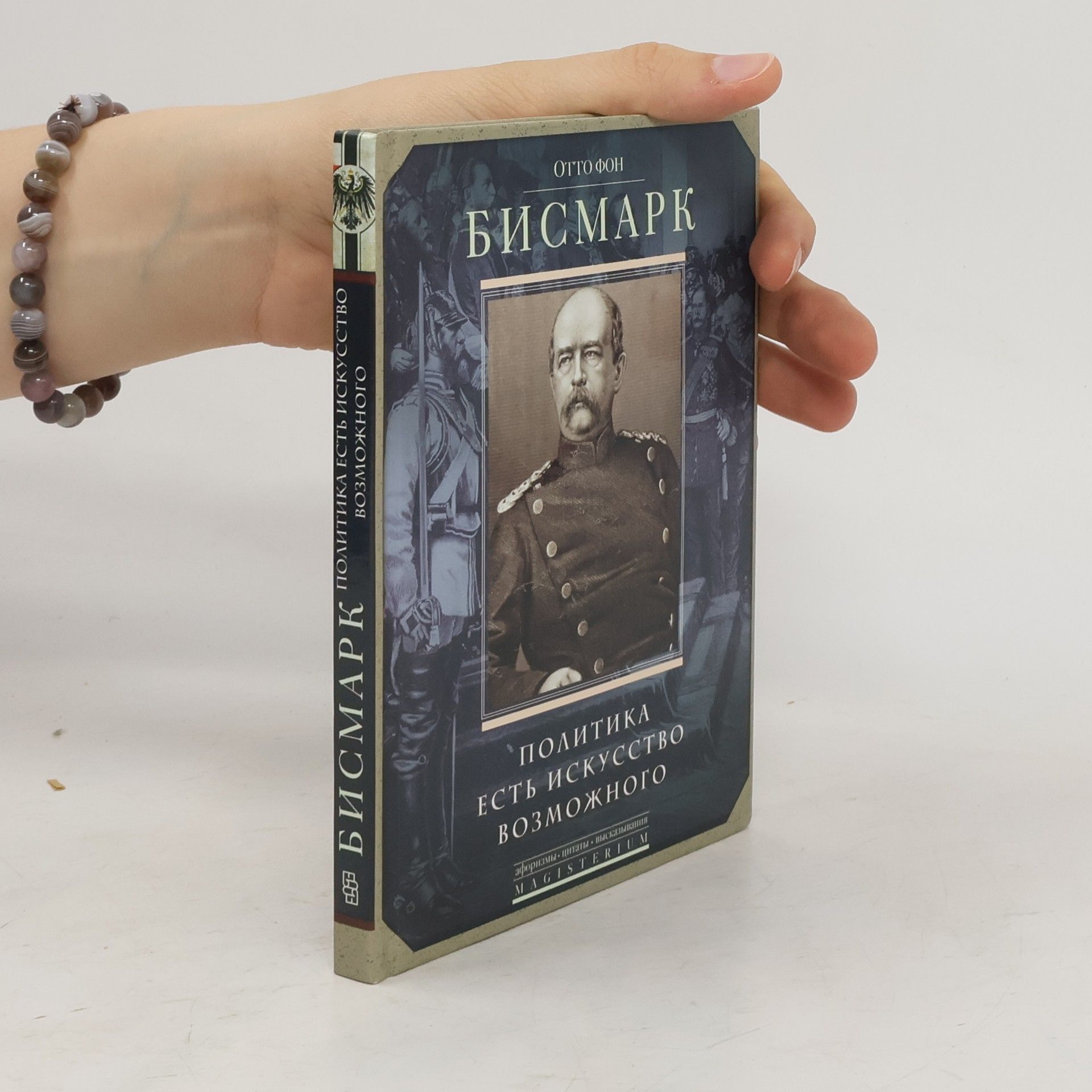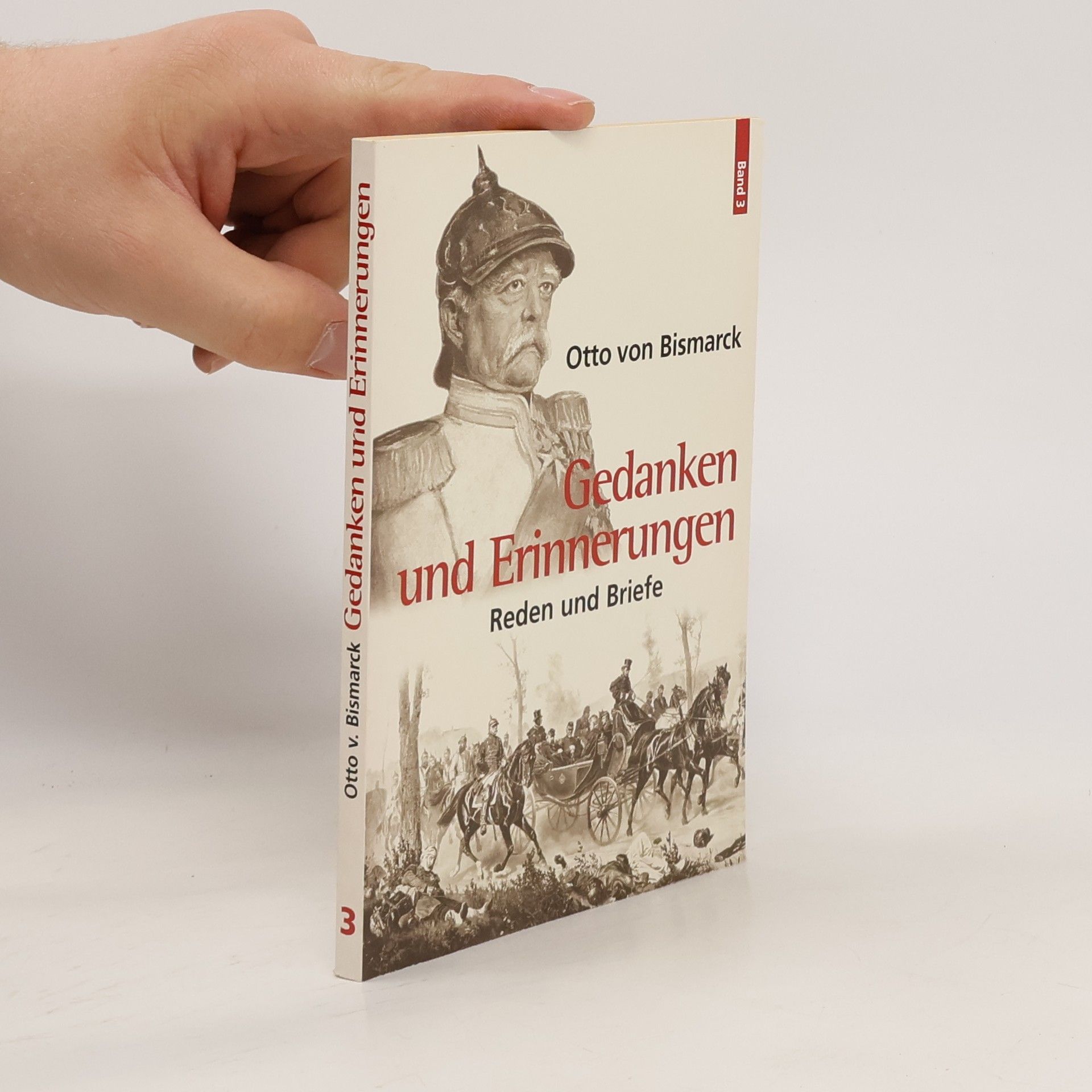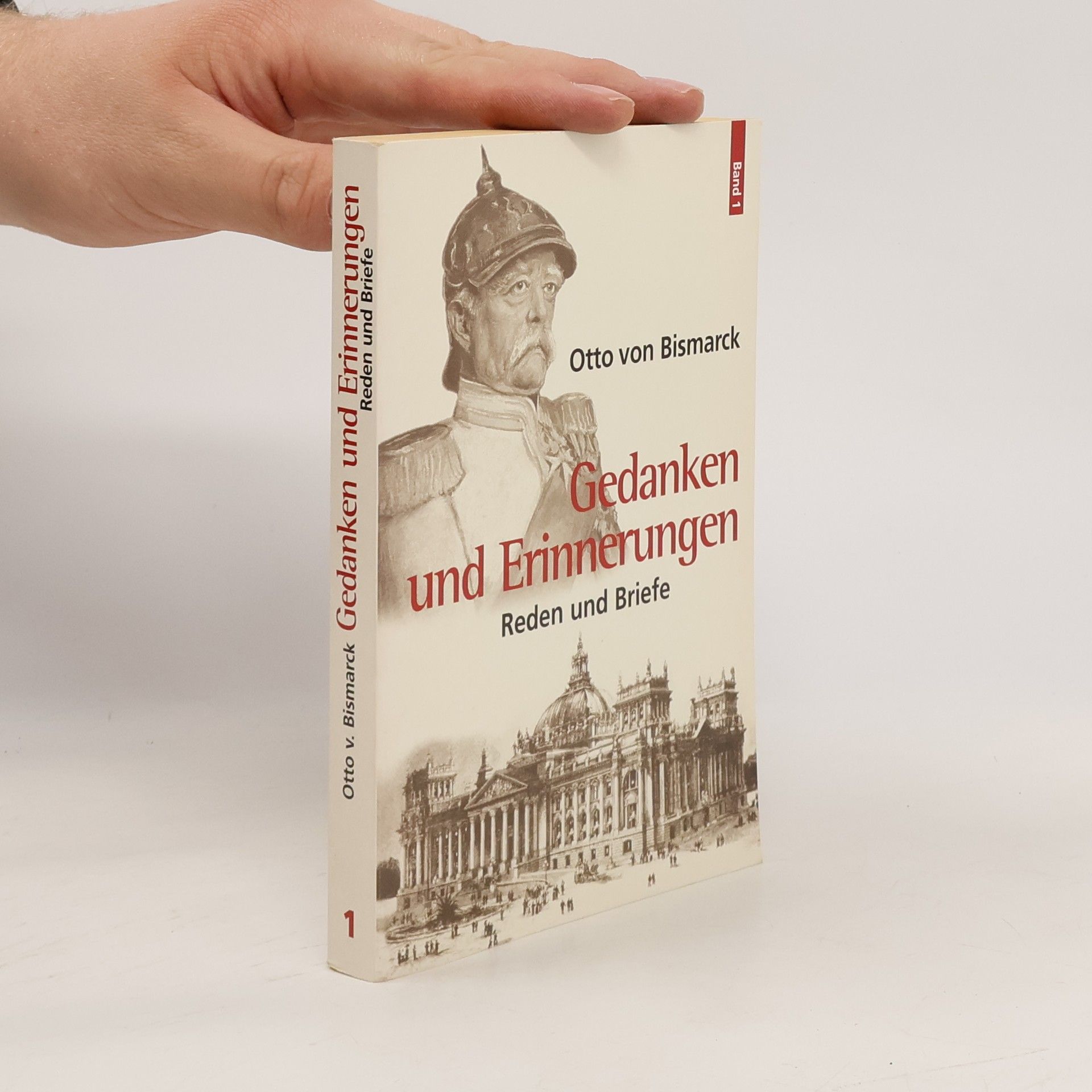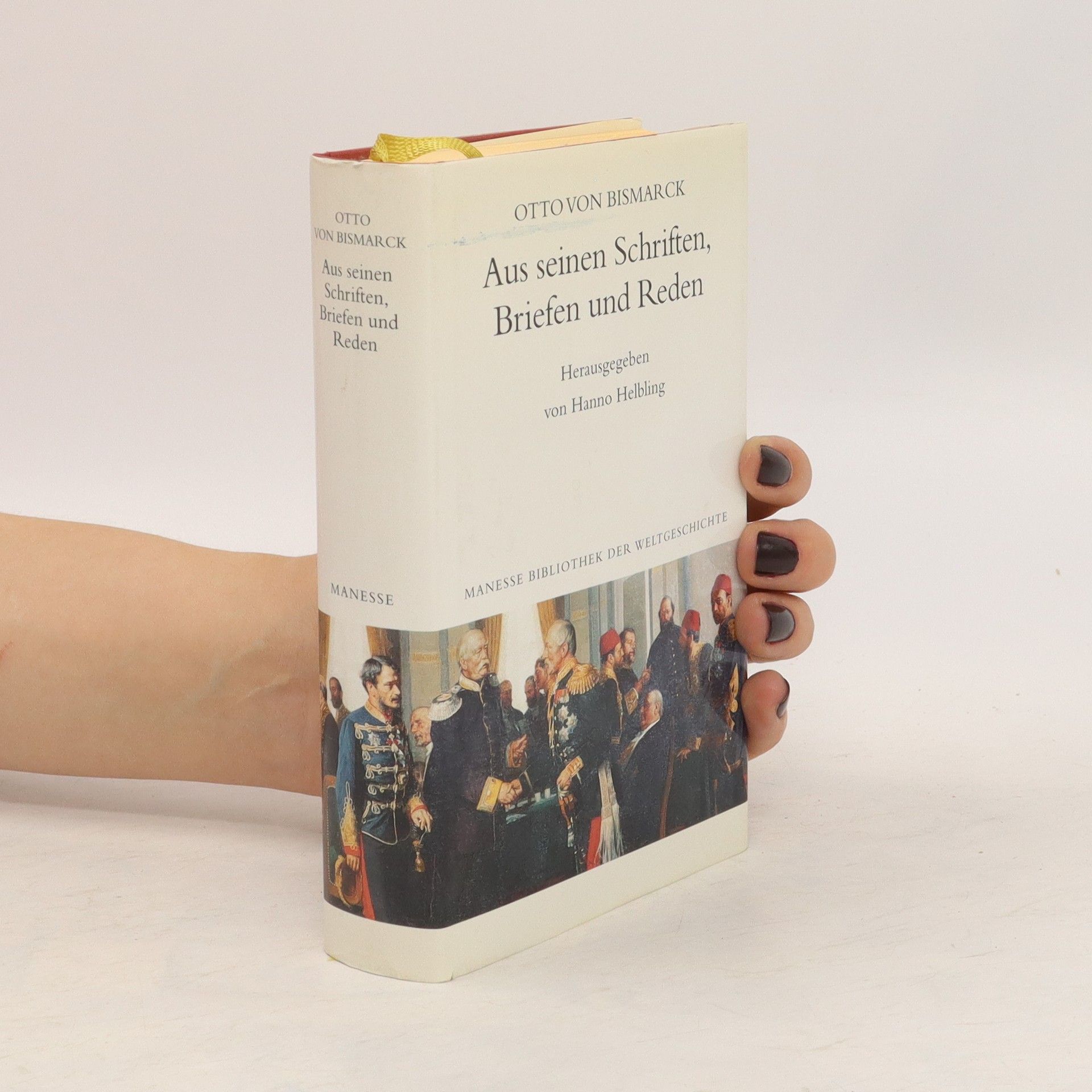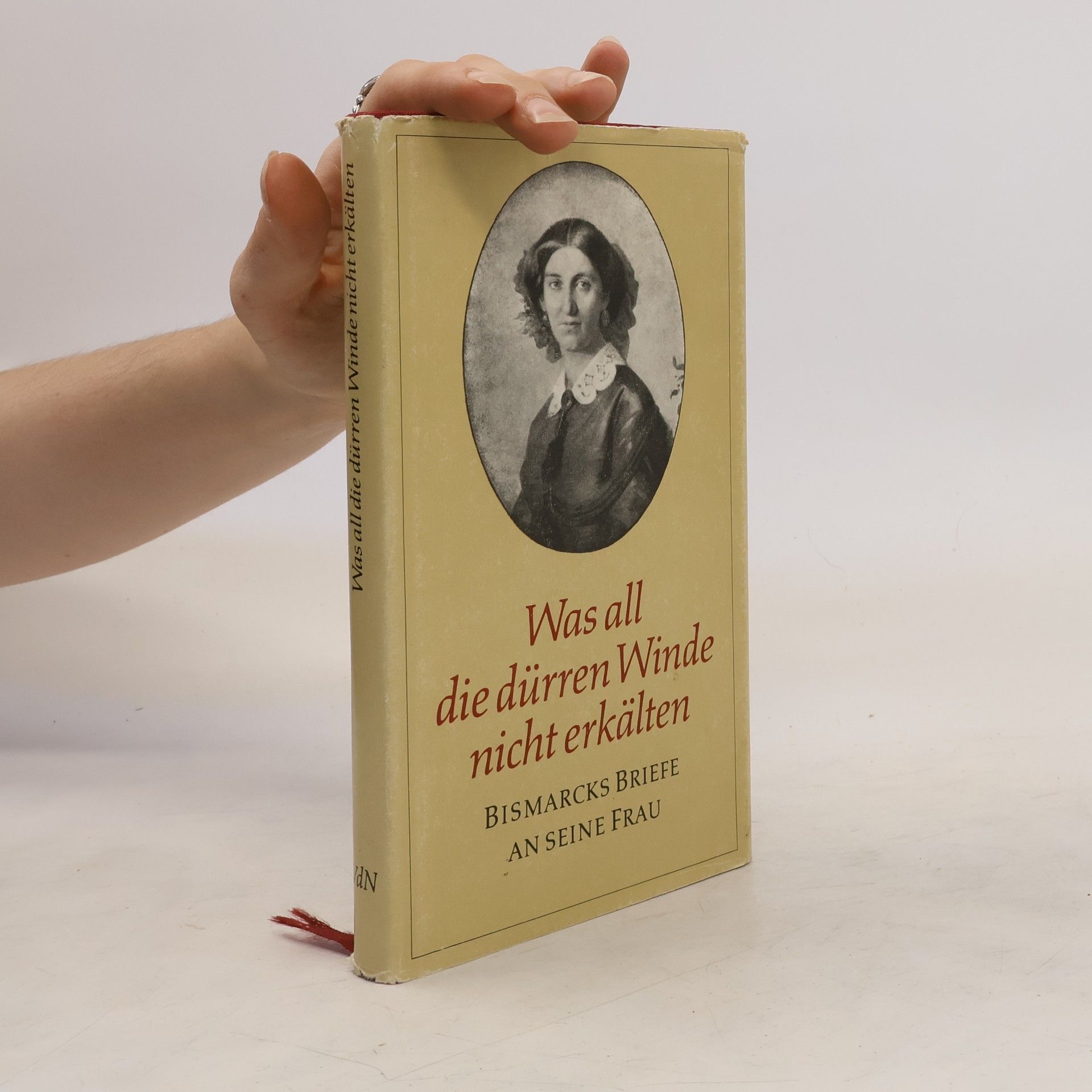Unser Bismarck - Leben und Schaffen des Deutschen Reichskanzlers ist ein unveränderter, hochwertiger Nachdruck der Originalausgabe aus dem Jahr 1885.Hansebooks ist Herausgeber von Literatur zu unterschiedlichen Themengebieten wie Forschung und Wissenschaft, Reisen und Expeditionen, Kochen und Ernährung, Medizin und weiteren Genres. Der Schwerpunkt des Verlages liegt auf dem Erhalt historischer Literatur. Viele Werke historischer Schriftsteller und Wissenschaftler sind heute nur noch als Antiquitäten erhältlich. Hansebooks verlegt diese Bücher neu und trägt damit zum Erhalt selten gewordener Literatur und historischem Wissen auch für die Zukunft bei.
Otto von Bismarck Book order
Otto von Bismarck was a pivotal figure in 19th-century German history, renowned for his pragmatic approach to politics. His statesmanship and strategies were instrumental in unifying Germany under his leadership. Bismarck left an indelible mark on both German and international politics through his strong will and considerable influence.



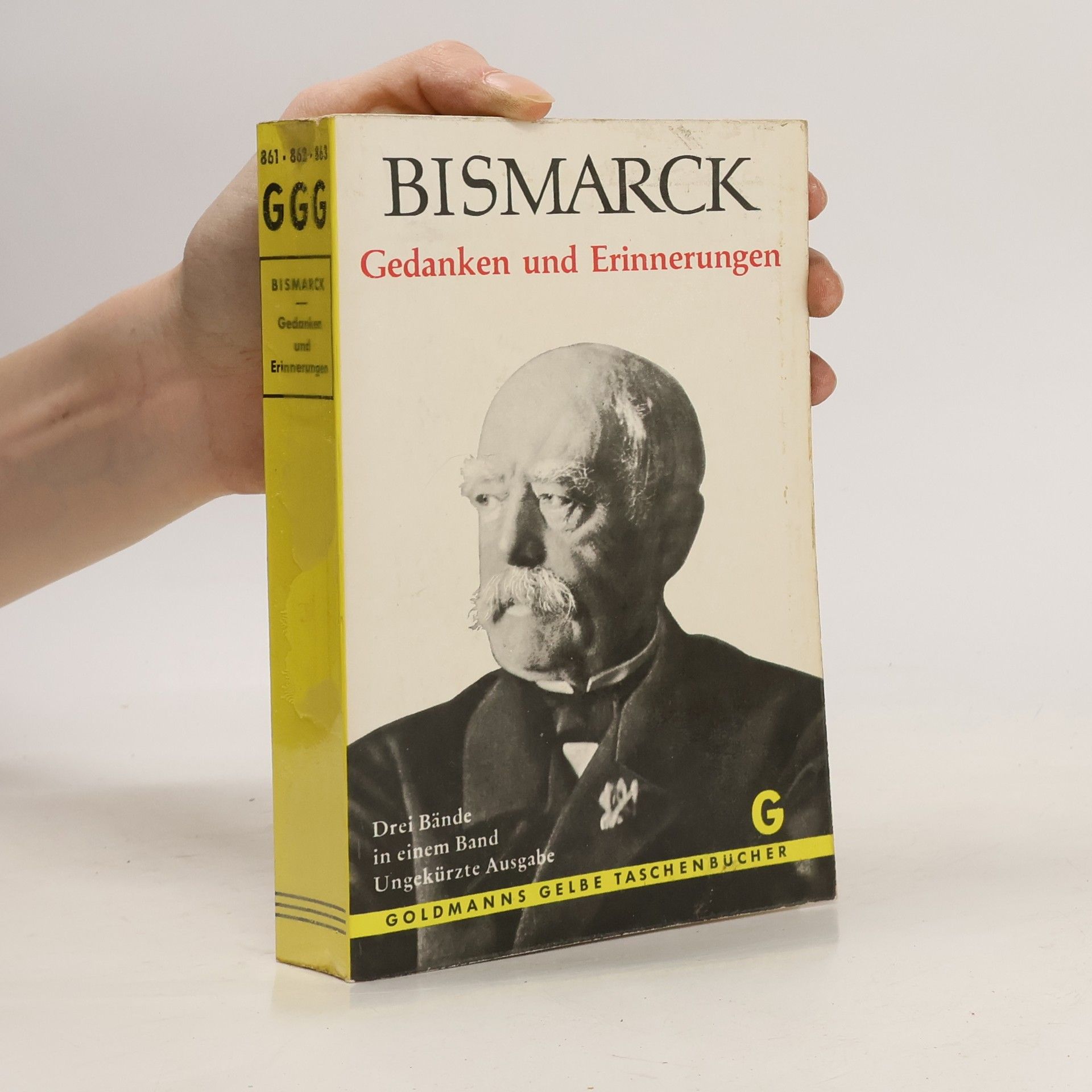
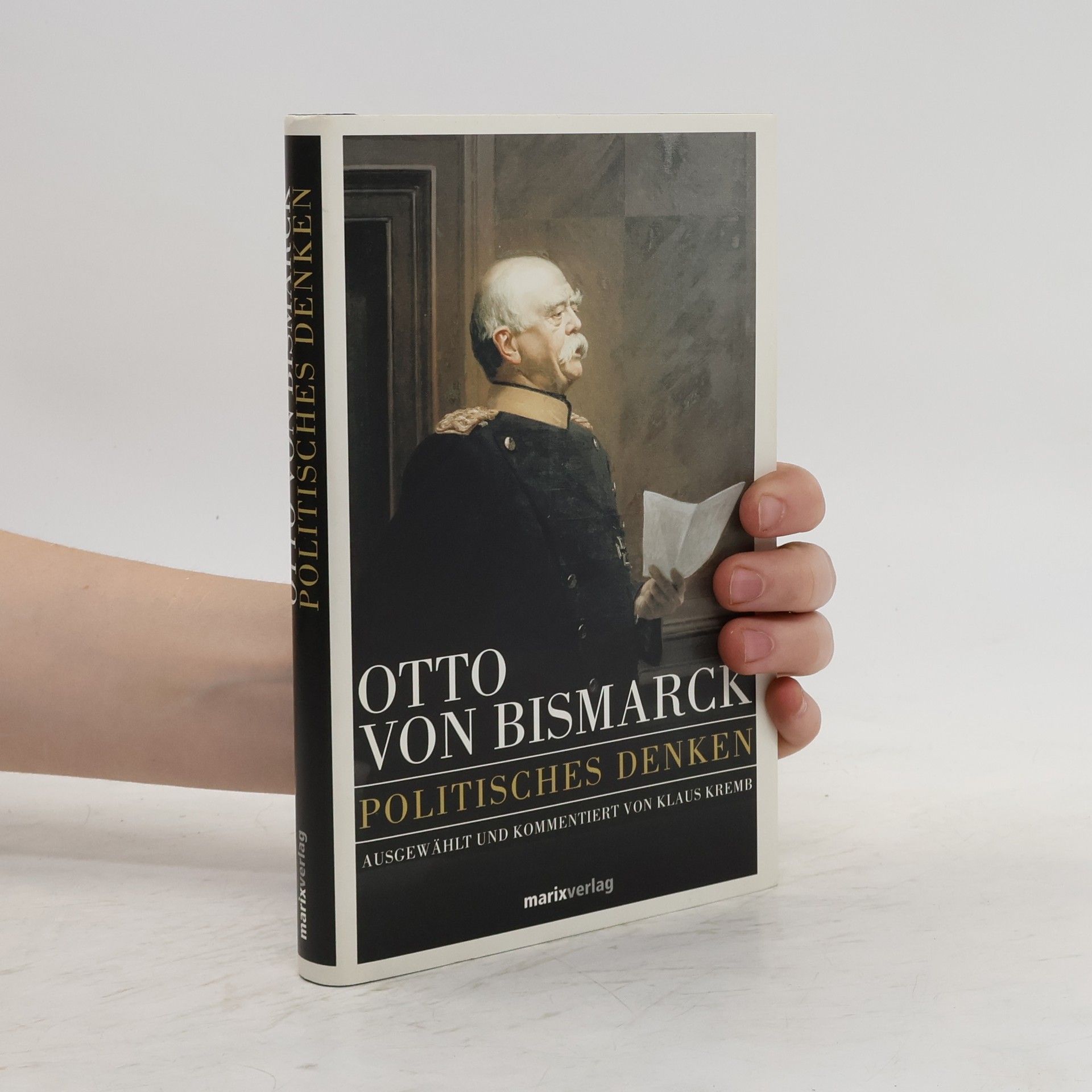

- 2022
- 2022
The Curatorial Condition
- 304 pages
- 11 hours of reading
An analyses of the relations created by the curatorial—relations that also constitute it. In spite of the heightened interest in the curatorial since the late twentieth century, the structural conditions and potentials underpinning its special sociocultural status have yet to be defined. Taking this as a starting point, in this book, Beatrice von Bismarck outlines the curatorial—that field of cultural activity and knowledge which relates to the becoming-public of art and culture—as a domain of practice and meaning with its own structures, conditions, rules, and procedures. Von Bismarck focuses on the relations created by the curatorial—relations that also constitute it. By concentrating on the dynamic fabric of relations between human and nonhuman participants, she carries out a shift within the discourse on the curatorial: rather than foregrounding partial definitions of the activity of curating, the subjectivization of the curator, and the presentation format of the exhibition, she emphasizes the interplay of all these factors. She proposes a conceptual framework geared toward highlighting the activity, the subject position, and the resulting product as always already dynamically interrelated in its genesis, articulation, and function. Not least, this situates the curatorial condition in the context of key parameters of societal developments over the last half century.
- 2021
Otto von Bismarck: Gedanken und Erinnerungen. Vollständige Ausgabe in einem Band Lesefreundlicher Großdruck in 16-pt-Schrift Großformat, 210 x 297 mm Berliner Ausgabe, 2021 Durchgesehener Neusatz bearbeitet und eingerichtet von Theodor Borken Erstdruck: Berlin (Cotta) 1898. Textgrundlage ist die Ausgabe: Bismarck, Otto Eduard Leopold: Gedanken und Erinnerungen. Vollständige Ausgabe in einem Band, Herausgegeben von Ernst Friedländer, Stuttgart: Deutscher Bücherbund, 1959. Dieses Buch folgt in Rechtschreibung und Zeichensetzung obiger Textgrundlage. Umschlaggestaltung von Thomas Schultz-Overhage unter Verwendung des Bildes: Lenbach, Franz von: Otto Fürst Bismarck. Gesetzt aus der Minion Pro, 16 pt. Henricus - Edition Deutsche Klassik GmbH
- 2015
Политика есть искусство возможного
- 156 pages
- 6 hours of reading
- 2015
Otto von Bismarck gilt heute als einer der wichtigsten, aber auch streitbarsten Staatsmänner der deutschen Geschichte. Wie kein zweiter hat er die deutsche Politik im späteren 19. Jahrhundert gestaltet. Die wesentlichen Grundlagen seines Handelns wurden jedoch schon deutlich früher, in den 1830/40er Jahren gelegt. Diesen Anfängen geht der vorliegende Band nach. Er zeigt auf, wie das politische Denken Bismarcks entstand und geprägt wurde und macht somit auch dessen spätere Politik begreifbar. Anhand einer Auswahl der aussagekräftigsten Texte aus Bismarcks »Gedanken und Erinnerungen« erhält der Leser die Möglichkeit, sich ein eigenständiges Bild von Bismarcks politischer Ideenwelt zu machen.
- 2000
Gedanken und Erinnerungen 3
Reden und Briefe
- 1998
Kurztext Otto von Bismarck kommt in dieser Auswahl von Hanno Helbling, die seine bedeutendsten Reden und Schriften von 834 bis 892 umfaßt, selbst zu Wort: Hier schreibt der Privatmann an seine Verlobte, blickt der Staatsmann zurück auf sein politisches Handeln. Autor Am 30. Juli 1998 jährt sich Otto von Bismarcks Todestag zum hundertsten Mal. Was er als Kanzler und Gründer des Deutschen Reichs von 1871 geleistet hat, ist im vielschichtigen Bild der Mit und Nachwelt nicht unumstritten. Seine Reden und Schriften - insbesondere sein Werk „Erinnerung und Gedanke“, in welchem er in hohem Alter Rückschau hält und dessen wichtigste Texte hier wiedergegeben werden -- sind jedoch eindrückliche Zeugnisse einer unauflöslichen Einheit von Sprechen beziehungsweise Schreiben und Handeln.
- 1990
Am 21. Dezember 1846 bittet Otto von Bismarck Heinrich von Puttkamer in einem Brief um die Hand seiner Tochter und heiratet wenige Monate später die pietistisch erzogene Johanna. Ihre Freundin Marie von Blanckenburg beschreibt sie als „frischen, sprudelnden Gesundbrunnen“ und eine „schöne pikante Blume“, die trotz ihrer zwanzig Jahre und ihres unscheinbaren Äußeren mit ihren Augen und langen schwarzen Locken besticht. Johanna ist witzig und munter im Umgang mit anderen, ohne Unterschiede zwischen interessant und uninteressant zu machen. In der fast fünfzigjährigen Ehe zeigt Bismarck große Aufmerksamkeit und Fürsorge für seine Frau, leidet jedoch oft unter der Trennung durch seine politischen Verpflichtungen. Die Korrespondenz mit seiner Familie, die er aus verschiedenen Städten wie Berlin, Wien und Biarritz führt, ist umfangreich und umfasst rund einhundert stilistisch schöne und inhaltsreiche Briefe an seine Frau sowie Mitteilungen an Schwiegereltern und Geschwister. Diese Briefe beleuchten persönliche und wenig bekannte Aspekte von Bismarcks komplexem Charakter und spiegeln Zeitereignisse, Stimmungen und Landschaften wider.
- 1986
Aus der Reihe: Reclams Universal-Bibliothek, Band 1172. 2. Auflage. 477 Seiten. OBrosch. Bibliotheksexemplar. Gut erhalten.
